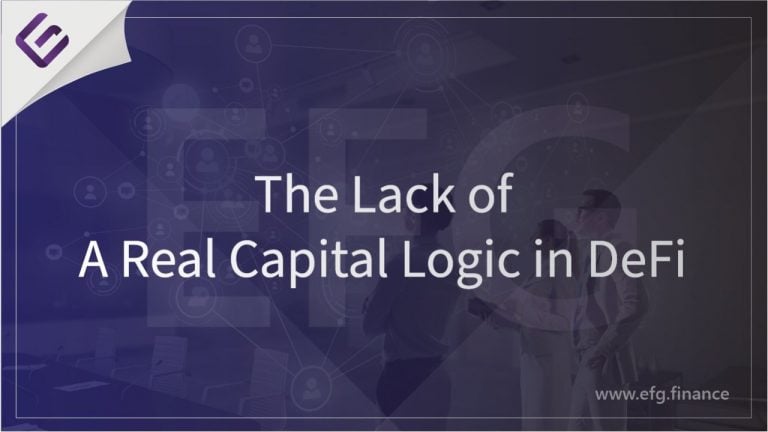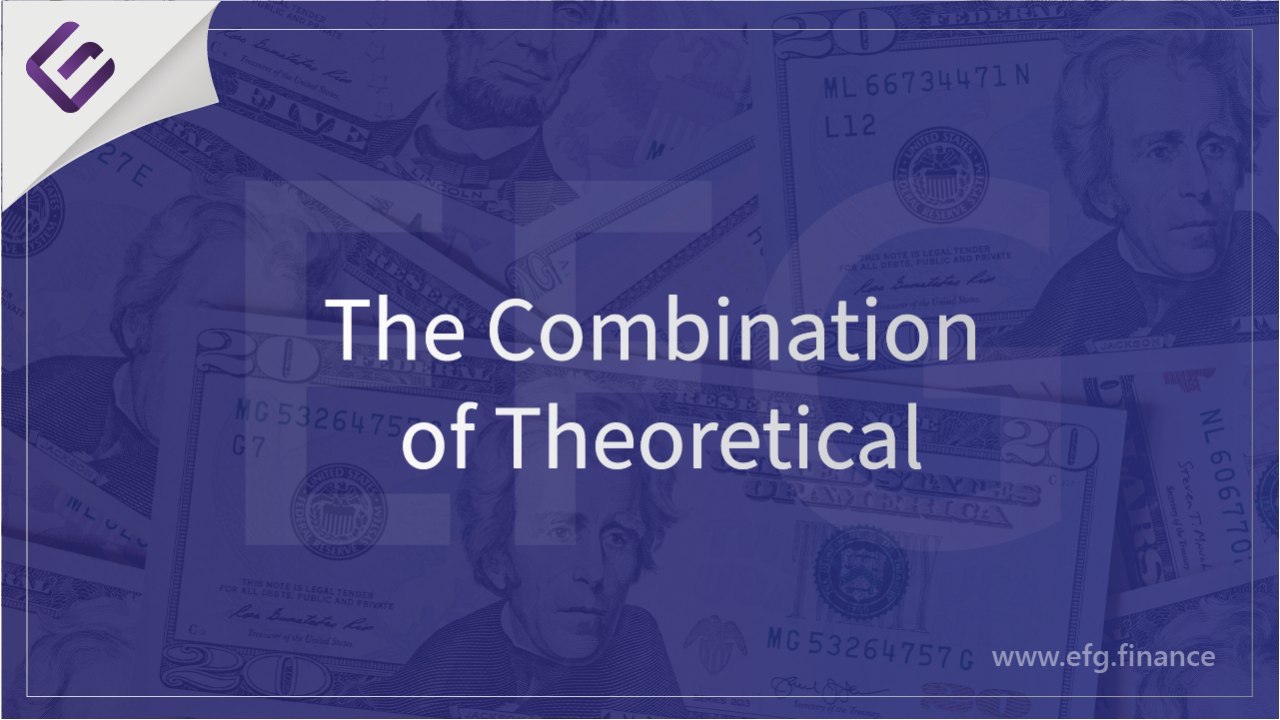
Decentralized finance (DeFi) has taken the blockchain network by a storm and is now arguably the most discussed topic. Although it has been a roller coaster ride, the DeFi network has grown enormously in size and number. Today, the total value locked in DeFi contracts is more than $11b.
Forex Market Alone is More Than $6 Trillion
DeFi’s growth and hype can be attributed to several reasons, mostly bordering around profitability and ease. Essentially, DeFi or open finance allows users to utilize traditional banking services like credit systems, saving, investing in a peer-to-peer permissionless protocol, which is usually Ethereum. Most importantly, open finance is a careful attempt to eliminate third parties and intermediaries while offering traditional finance services.
Although DeFi can never compare to traditional finance in size (the forex market alone is more than $6 trillion in size), there are many similarities in model. DeFi’s fuel is volatility, practically a cash flow/circulation cycle. While DeFi has rebranded saving, investing, and, most importantly, borrowing and lending models, there’s still a lot to learn from traditional finance in hedging, logic theories, behavioral finance, and economics as a whole. The reality is that many DeFi protocols have not focused on risk management and variation around the expected value.

ECOC DeFi Ecological Capital Model
The ECOC financial growth token (EFG) is a unique DeFi protocol model that factors user and price behaviors, volatility and makes hedging of DeFi returns more efficient. The EFG token buyer has the advantage of long volatility, while the seller has short volatility. If the underlying ECOchain increases volatility during the period, both the seller and the buyer can exploit the volatility to make additional gains during the hedging period.
ECOC DeFi Ecosystem Logic Composition
Investors often drift between the BSV model and the Unified theory model in evaluating price and technical analysis. Let’s take the BSV model as a case study. The BSV model argues that there are two reasons for making wrong investment decisions; the first reason is an impulsive focus on recent data changes while neglecting the change’s overall cause. The second reason being the exact opposite, a complete focus on forecasting tools while ignoring recent data changes. The ECOC DeFi ecosystem model accurately presents the investor with predictive and ever-changing data to allow for accurate technical and fundamental analysis.

The Combination of Theoretical Data
Let’s examine the EFG and ECOC ecosystem under the multi financial factor pricing models, which include Arbitrage pricing theory, optional pricing theory, capital access price model, and modern portfolio theory.
Arbitrage pricing theory (APT): Proposed by Stephen Ross in 1976, this theory opines that an asset’s return can be modeled as a linear function of many macro-variables and the initially expected asset return. Virtually, this theory of asset pricing does accommodate unexpected events and risks of asset investment. A pandemic, for example, would be a macro-variable or an unexpected event. EFG’s ecosystem uses a single-factor model with CAPM combination to help investors manage risks and accommodate macro-variables. This way, investors make a completely informed decision on the asset.
Optional pricing theory (OPT): The optional pricing theory uses multiple variables in valuing an option. Essentially what OPT does is to calculate the probability that an option will be exercised at expiration. EFG’s optional pricing theory estimates the likelihood that EFG hedging collateral data will be exercised or be in the money (ITM) within the price at maturity and as expected. By extrapolating from underlying variables, including asset prices and expected time, a fair theoretical price can be determined for the EFG token.
The capital asset pricing model (CAPM): This is theoretically used to determine an asset’s return rate over some time. EFG’s CAPM data analysis provides users with dependent stable data, hence encouraging momentum traders’ participation.
Modern Portfolio Theory (MPT): Maximizing returns against risk is the focus of MPT. EFG and ECOC’s average variance analysis provides a two-way portfolio that supports risk management while maximizing asset returns.
Of course, there is a wide range of parallels between open finance and traditional finance; ECOC financial growth token has shown its commitment to continue providing data analytic tools to investors. They also bridge the gap between mid-level enthusiasts and facilitate trust in the DeFi ecosystem as a whole.
This is a sponsored post. Learn how to reach our audience here. Read disclaimer below.
The post EcoChain’s Capital Logic Will Transform the DeFi Ecosystem appeared first on Bitcoin News.
from Bitcoin News https://ift.tt/3jBIm2w
Comments
Post a Comment